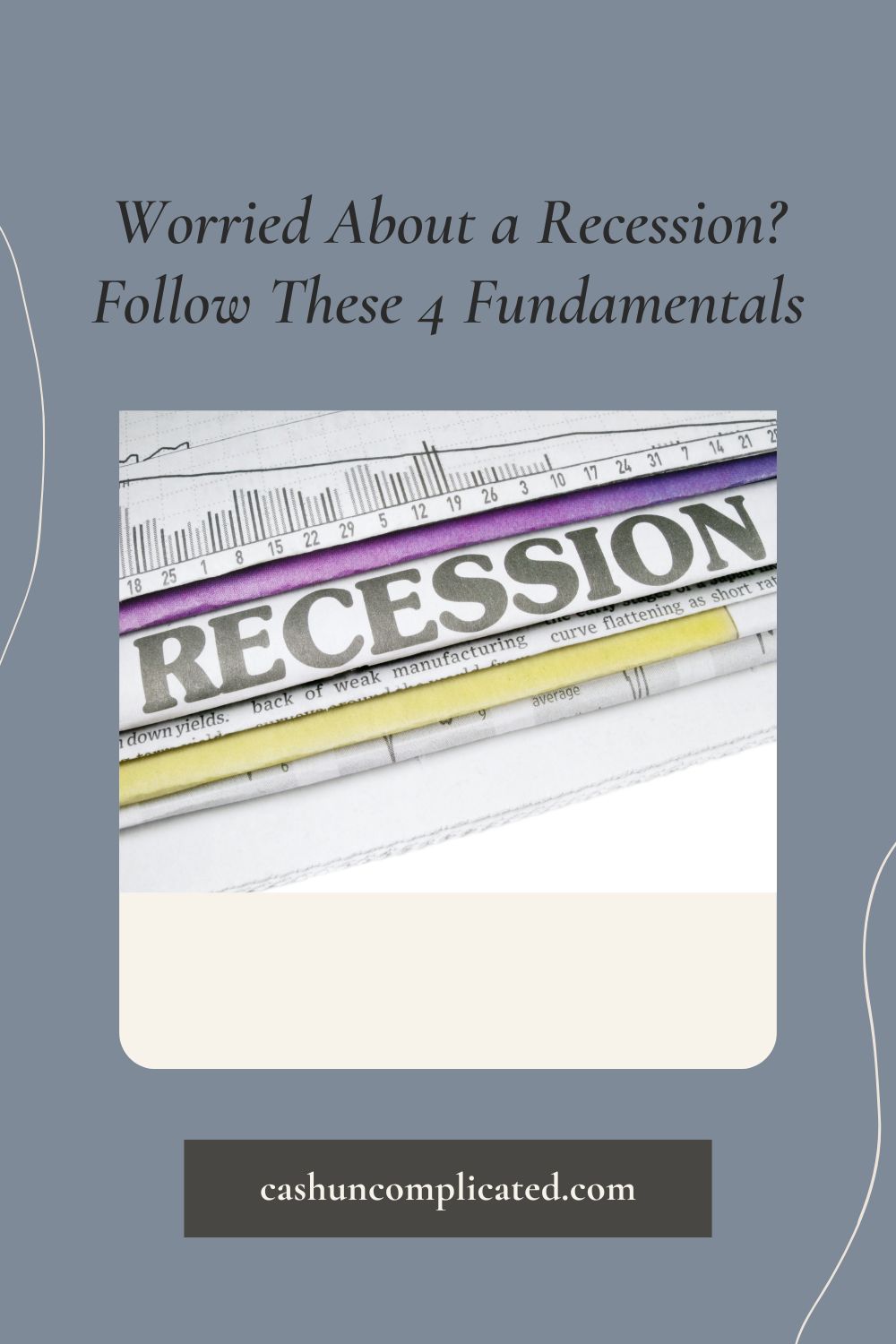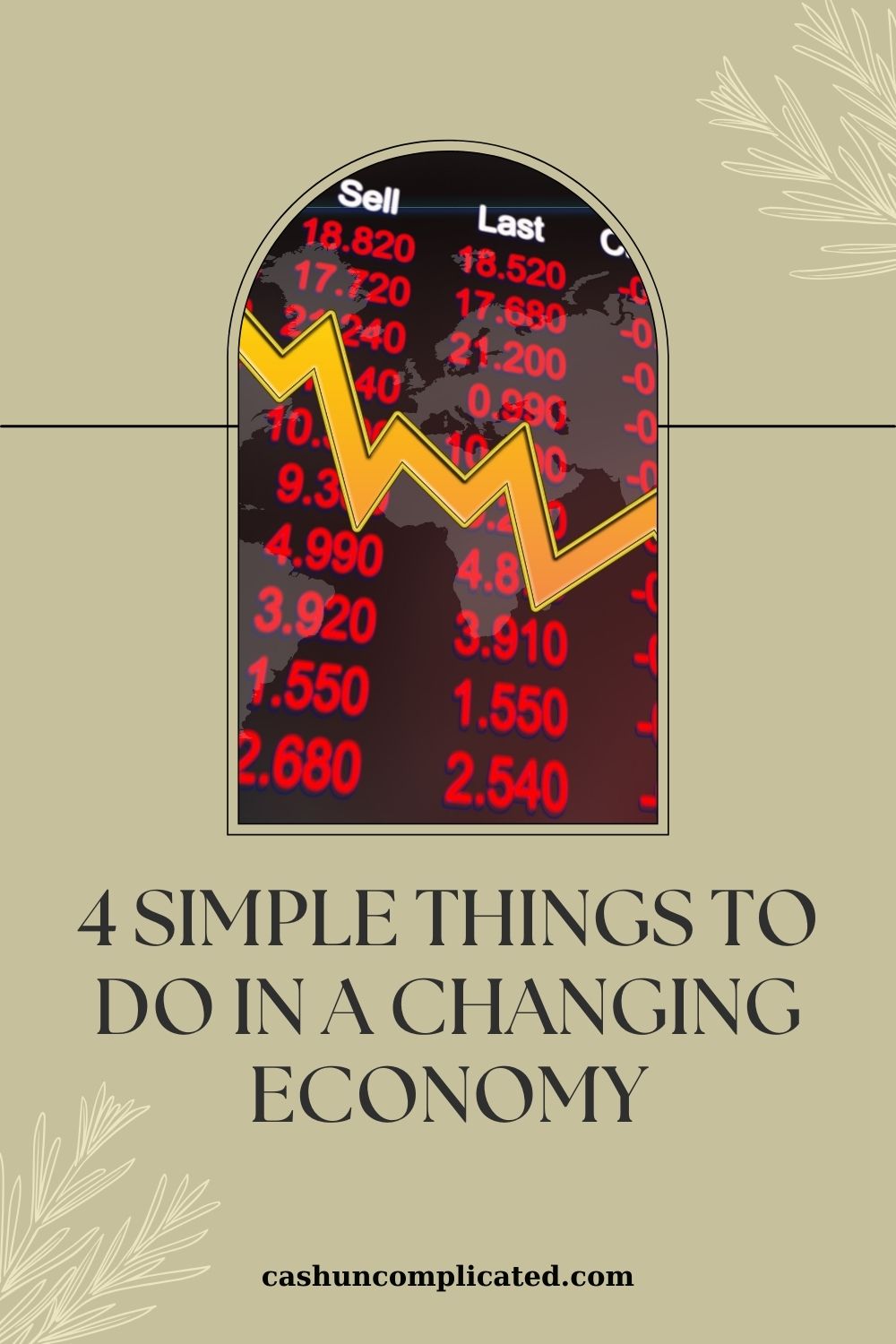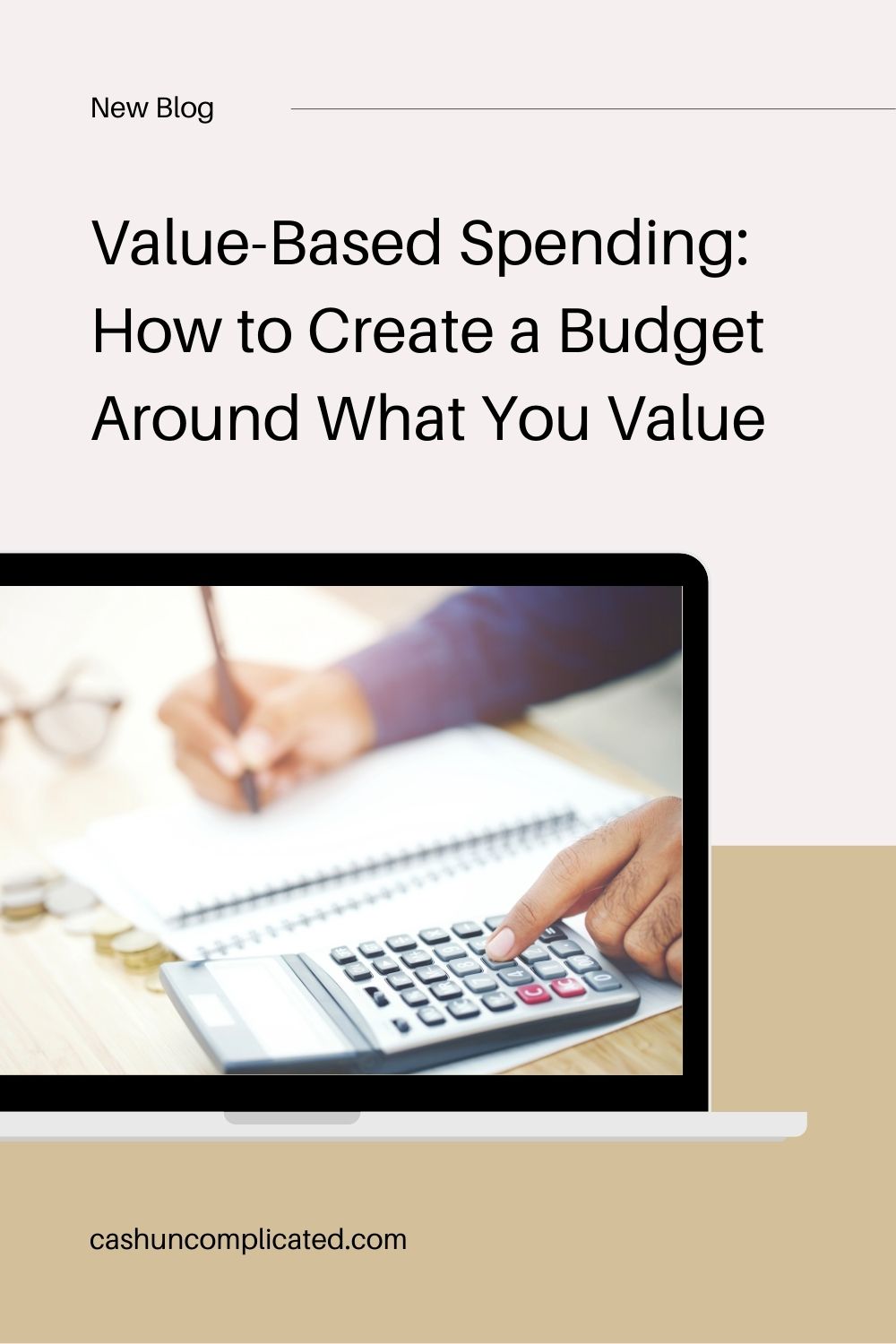If you’re behind in retirement savings, or worry about not having enough money in retirement, this post is for you. In a perfect world, everyone would have started investing right out of high school and let compound interest work its magic from an early age.
Then we’d all be financially free by the age of 45 and nobody would ever have to worry about retirement. Of course this isn’t the reality for most people though, so we’ll need to make some adjustments.
Behind in Retirement Savings: My Story
Before we get going too much on this post, let me tell you more about my own money story. I didn’t do what the experts said. I went through my entire twenties and early thirties investing nothing for retirement. I let years and years of potential compounding go to waste due to my lack of financial education and inability to take action.
As I wrote about in my book Cash Uncomplicated, I also made plenty of other mistakes like getting into consumer debt, having car payments, and making a habit of living paycheck to paycheck.
So I am one of those people that got behind in retirement savings and had to adjust. I’m one-hundred percent confident that if I can do it, you can too.
What do You Mean by “Retirement Savings?”
When I say “retirement savings”, I’m referring to all the investments you have for the future you. It’s usually in a combination of things like a 401(k), Roth IRA or IRA, home equity, deferred compensation at work, brokerage accounts, etc.
Related: Different Paths to Retirement: 7 Examples
It’s the money you are investing now to live on later so that you don’t need to work to support your lifestyle.
How Do I Know If I’m Behind in Retirement Savings?
If you’re like I was and have nothing in retirement savings, you’re obviously behind. There’s also gray areas where you’ve got some money invested, but it doesn’t seem like it’s going to take you very far in retirement.
The best thing to do is either do the calculations yourself or get professional help. To help guide you, here are some questions you should consider:
- How much money do I anticipate needing monthly in retirement?
- What are some costs I haven’t thought about like healthcare and long-term care?
- Am I open to working part time in retirement?
- What type of investments do I want to hold in retirement?
There’s no perfect answer anyone can give you about being on pace or behind, but you should be able to obtain a really good idea.
What If I Don’t Plan on Retiring?
You may not plan on ever fully retiring. Nothing wrong with that, I plan to work in some capacity for a very long time, even though I anticipate not having to. Here’s the thing though: You never know what the future holds.
There are certain life events that force people into retirement before they really want to, such as:
- Major illness
- Catastrophic health event with a family member
- Family issues
- Loss of job skills
The point is you may never plan on retiring but it might happen. Of course there are some controls you can put in place like focusing on your health, keeping up job skills, learning new things, etc. but it’s impossible to create one-hundred percent certainty.
Different Types of Retirement Savings Vehicles
There are many different ways to invest for retirement. Some of the more traditional ways:
- 401(k)/403(b)
- IRA/Roth IRA
- Deferred compensation plan
- Social Security
Many people also invest in real estate (individual properties, not REIT’s), gold, etc. Others have pensions (for those employers who still offer one) or annuities. The biggest thing is to learn a couple different ways to invest and follow through on your plan.
Behind in Retirement Savings: What to Do
Ok, so you’re behind in retirement savings. It’s in the past and you can’t go back in time to correct it. All you can do is work with what you have in the present. So don’t fret, here’s what to do about it.
Number 1: Write Down All Your Assets: Are You Really Behind?
Here’s the first step if you’re behind in retirement savings. Check if you actually are behind, or if you just think you are. The reality is you may not actually be behind, which is the best case scenario.
Or you might be just a little bit behind and easily able to catch up.
Write down all your assets and check if you actually are behind. Then project how much you will be investing in the future to come up with a reasonable number you think you’ll have at retirement. This will help you determine whether you are actually behind or not.
Number 2: Get Help if Needed
If you’re a little shaky with the first step and don’t feel confident in your numbers or ability to project, hire professional help. This can be in the form of a money coach, fee-only financial advisor, etc.
Even a trusted family member with a proven track record of being good with money can provide some value. Additionally, there are plenty of calculators online that can give you a really good idea. Still, if you’re not confident, get professional help so you really know where you stand.
Number 3: Track Your Spending
If you’re behind in retirement savings and don’t feel like you can find any extra money to catch up, start tracking your spending. Tracking your spending is probably the number one way to gain insight into where your money is going.
When I first started tracking my money, I discovered I was spending on a lot of things I didn’t particularly care about. It was easy to cut those things out and just focus on what I really value, a core tenet of value-based spending. I really didn’t miss what I cut out because I got to keep what I do value.
Tracking your money alone might be all you need to find a few hundred more dollars per month you can invest into retirement. Which doesn’t seem like much, but compounds to very high numbers over time.
See the homepage of my website to download your free spending tracker.
Number 4: Cut Out the Unnecessary
I’m not one of those personal finance writers who says to cut out everything and live a miserable life of scarcity. I believe in spending on what you value, and aggressively eliminating the wasteful.
Take an inventory of what you value and make an effort to spend on those things. For example, if you value staying in great shape, spend money on a gym membership and/or home workout equipment. And don’t feel guilty about the cost either as long as it’s not outrageously overpriced.
If you’re happy bringing your lunch to work every day, continue to do so. Forget about going out for expensive lunches other than on special occasions. This simple behavioral change can free up hundreds (even thousands) of dollars every year towards a retirement fund.
Related: Can Packing Your Lunch Make You a Millionaire?
Number 5: Find Ways to Make More
Easier said than done here, right? But making more can be done. These are a few ways to do it, with a brief explanation of how to go about it:
Ask for a Raise
Don’t just ask out of the blue and hope. Give your employer solid data about the value you bring and why your compensation should be increased. Talk with your manager ahead of time about things you can do to increase your value and pay.
There are great resources about how to do this such as Ramit Sethi’s book I Will Teach You to be Rich. Or do a Google search on how to ask for a raise.
Get a New Job in the Same Field
Not making enough at your current job and not able to get a raise? Try moving jobs outside the company. This strategy can give you an immediate increase in pay.
Of course it’s hard to leave a comfortable position, but if your wages are stuck, it’s worth considering. For example, take someone in HR making $100,000 per year.
If similar jobs in the field are paying $120,000 to $135,000 per year, this HR employee can move companies and immediately jump tens of thousands of dollars per year in salary.
Go for a Promotion
If you’re looking to earn more money and stay in the same company, go for a promotion. Talk with your supervisor about how you can step up your game to earn one, such as:
- Taking on a special project
- Mentoring new employees
- Helping more clients
- Developing new ideas that help the company save money
The sky is the limit on how you can add value, so be creative and shine through at your work.
Acquire More Education
There are many careers where simply getting more education leads to an increase in pay. For example, my wife is a teacher and having her masters equivalent (same number of units as a master’s degree) puts her at the top of her pay scale for number of years worked.
She’s not having to do more or work harder (although she does), but the extra education helps her get more pay.
Number 6: Mindset Shift: Enjoy Your Current Work
So you’re behind in retirement savings. You already know this and have come to the realization that you might need to work a few more years than originally planned. A simple mindset shift to enjoy your work more will do wonders.
Come into work with a sense of gratitude and appreciation that you have the opportunity to do something you like most days of the week. And get compensated for doing it. Yeah, you might need to work longer than planned, but you’ve still got it really good.
Number 7: Part Time Job That You Enjoy
This strategy works great if you’re just a little behind in retirement savings and want to do some quick catching up. For a short period of time, get a part time job that pays reasonably well. Probably not as well as your full time job, but enough that you can contribute extra to your retirement savings.
I know many people who drive for Uber or Lyft on the side, or do something else in the gig economy like deliver food. You can do jobs like this on the side, you don’t really have a boss, and it’s going to be less responsibility than your nine-to-five job.
Many people enjoy doing something outside their regular work because it’s so different. They work when they want to, and there’s not the pressure of their full time job. Plus, there’s an opportunity to get out and about and meet new people.
Number 8: Take a Multi-Faceted Approach
There’s a misnomer that retirement money has to come from one source. That’s just not true. It can come from a variety of sources. Take this retirees example:
- 401(k): 35%
- Social Security: 30%
- Roth IRA: 20%
- Brokerage Account: 15%
This retiree has four different areas to pull money from in retirement. The majority is coming from a 401(k), but there’s also a sizable amount from Social Security. A Roth IRA and brokerage account make up the rest.
Number 9: Make a Plan and Stick to It
Financial freedom doesn’t happen overnight. It takes time. A lot of retirement planning just comes down to making a plan and sticking to it. And having the confidence that it will work out as planned.
This applies to those who are behind and people just starting out. For example, someone with no money saved for retirement who begins saving $200 per month.
Yeah, they may have nothing now, but with compound interest that money will eventually turn into enough for retirement. Especially with an increase in contributions.
Number 10: Re-Create Your Expectations
A lot of our happiness is based on our expectations. If the original expectation was to retire at 50 and it’s become clear that isn’t going to happen, just adjust your expectations and move on. Meet yourself where you’re at and don’t dwell on the past.
Maybe you’ll retire at 55 instead of 50. Ok, so you work five more years and then retire. During those extra five years, enjoy your work and make sure to spend time plenty of time with family and friends when you’re off.
Conclusion
Being behind in retirement savings isn’t a catastrophe. There are so many ways to catch up or come up with alternative strategies.
It’s important to remember that there’s no going back in the past and fixing the errors you made when you were 25. So no use dwelling on that. Embrace where you are now, come up with a plan, execute it, and live your life to the fullest.
What advice would you give to someone behind in retirement savings?














